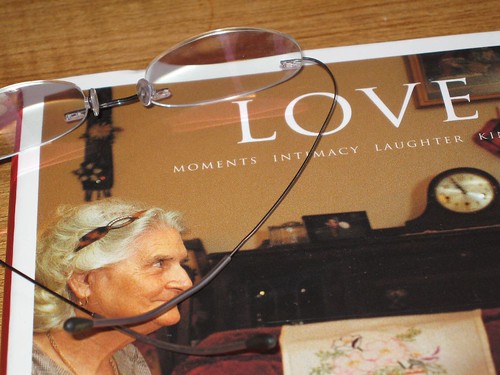 As a follow up to my post on leadership in challenging times, I wanted to point to David Sibbet’s post, Power And Love: Is it Time for Bi-Lingual Leaders?
As a follow up to my post on leadership in challenging times, I wanted to point to David Sibbet’s post, Power And Love: Is it Time for Bi-Lingual Leaders?
David shares some ideas of Adam Kahane about what he has seen as needed beyond the wonderful work he has been doing with scenario planning (which has also captured my attention recently about how it helps us generate innovation and possibiity.) David describes scenario planning as being “fundamentally about surfacing and refreshing the core stories that people tell about what is plausible and possible.”
David wrote:
Adam reported that he’s working on what he found was missing from his initial work with scenarios, which is addressing the issues of power. Scenario work, as Adam experiences it, is really about bringing people back to sense of connection with each other and the larger whole – at core about releasing love into a system. But he has discovered, in spite of having extraordinary experiences of breakthrough in understanding and connection between people, that when the questions of power and resources then needed to be addressed the processes broke down. “It was as though the strong feelings of love and connection actually made the issue of power un-discussable.”
“My new book is basically unpacking a sentence that Martin Luther King wrote that points directly at this issue,” Adam said. King wrote:
“Power without love is reckless and abusive.
Love without power is sentimental and anemic.”
“My thesis is that if we want to address complex social challenges we need to be be bi-lingual about both power and love,” Adam said.
Now that’s a lot of quoting people, quoting people, quoting a person. But the resonance across these three people reminds me that this is a powerful pattern. Love and power are a yin and yang of each other, and if we have learned anything about the world, is that there are always forces that both pull apart and complement each other at the same time. This is not only a core of leadership, but of facilitation, and collaboration.
So how do we get it right?
